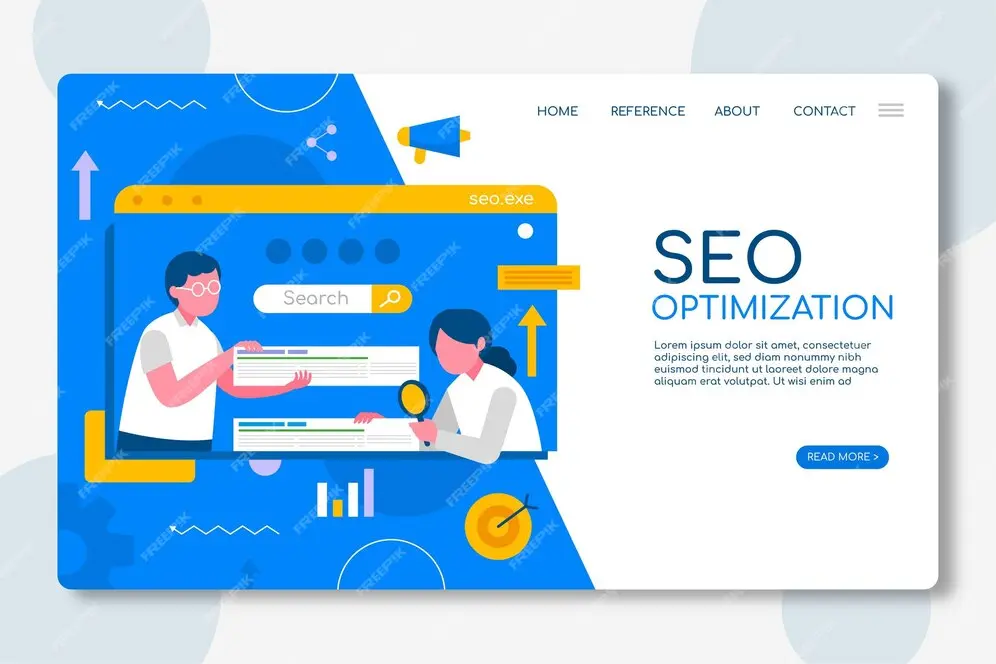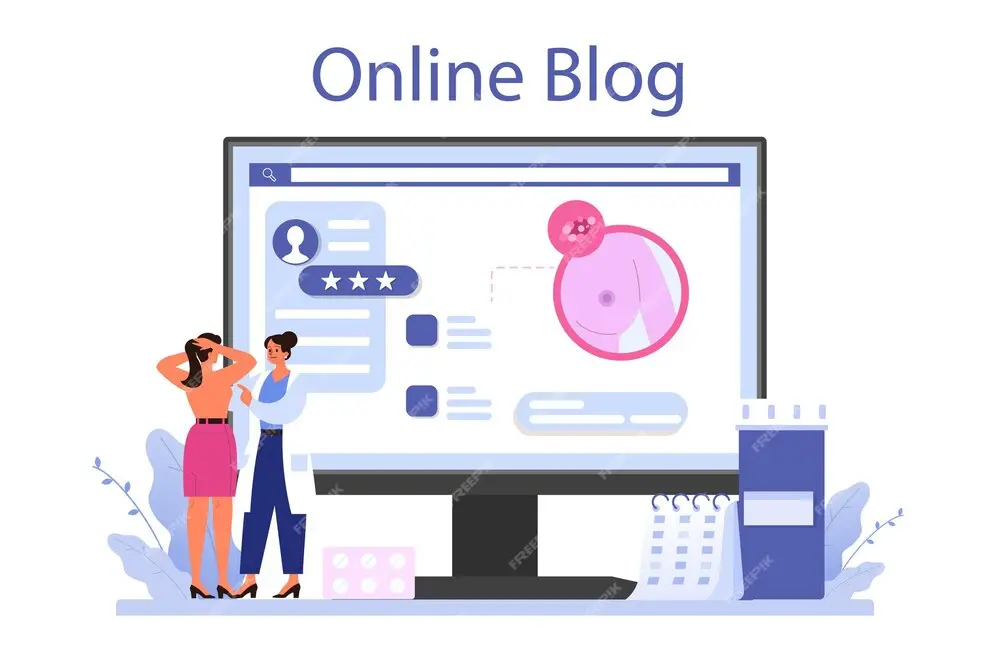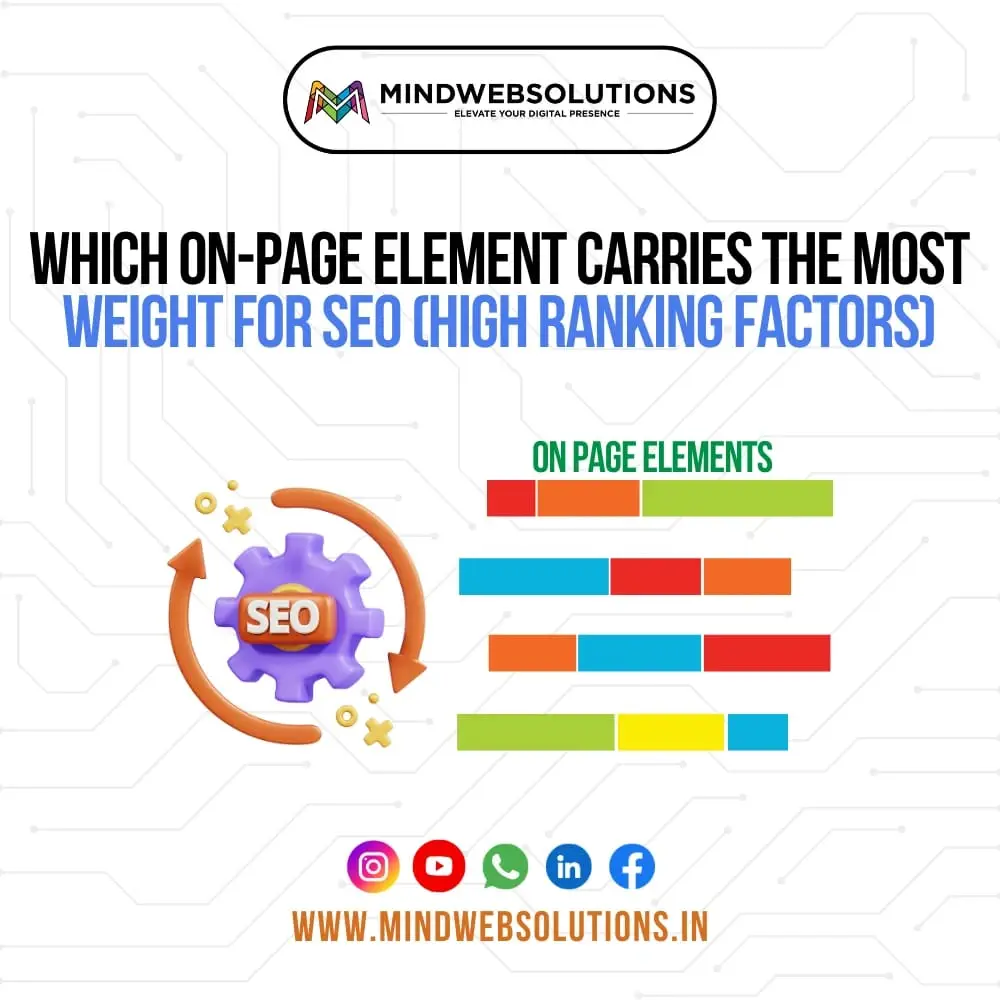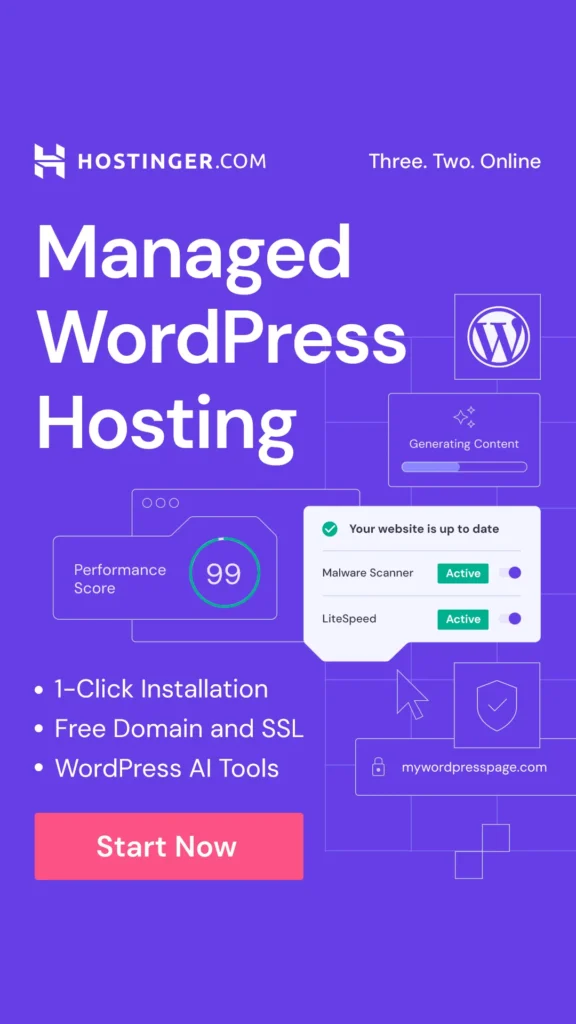Which On-Page Element Carries The Most Weight For SEO
Before letting you out the secret sauce of which on-page elements carry the most weight for SEO, let us tell you a bit about On-page SEO.
On-page SEO, also referred to as on-site SEO, means optimizing the content of your website for better rankings. It makes your website’s content irresistible to search engines (and people). Think of it like decorating a shop window—you’re arranging things so search engines can see exactly what’s important!
Below mentioned are the On-page elements important for SEO:
- Title Tags
Your title tag is the headline search engines see first—it’s the MVP of on-page SEO elements. A well-crafted title tag helps both search engines and users quickly grasp what the page is about.
According to a study by Moz, a well-optimized title tag can increase your click-through rate (CTR) by up to 20%. It signals to Google (and users) exactly what your page is about, making it a key player in driving organic traffic.
To get your title tags right:
- Keep them under 60 characters max to make sure they appear fully on search results.
- Place your primary keyword early in the title for better relevance.
- It must be relevant to the page content to avoid misleading users.
So, if you’re wondering which on-page element carries the most weight for SEO, you have the title tag right at the top serving your reply.
- Header Tags (H1, H2, H3, H4)
Header tags are used to bifurcate the content by highlighting what is covered under which heading. Thus, header tags signal to both search engines and users about the structure and hierarchy of your content. They range from h1 to H6.
- H1 Tag: Think of this as your page’s headline—it should be clear and keyword-focused.
- H2 & H3 and other Tags: These break your content into sections and sub-sections, improving readability for users and search engines alike.
- Content Quality
While it’s tempting to focus solely on technical elements, content quality is king in SEO.
Google’s algorithms, especially after recent updates like E-E-A-T (Experience, Expertise, Authoritativeness, and Trustworthiness), prioritize content that is valuable, relevant, and easy to understand. In fact, 90% of marketers believe quality content improves SEO rankings.
High-quality content:
- Should match user intent—answering the questions they’re actually searching for.
- Needs to be fresh, updated, and relevant.
- Should use keywords naturally, avoiding keyword stuffing.
You can use keyword research tools and also semantically cover related topics to the main keyword. Also, add sub-headings and visual elements like images, video links, and statistics to attract visitors and improve the quality of content.
4. Meta Descriptions
Although meta descriptions aren’t a direct ranking factor, they influence CTR, which indirectly affects SEO.
A meta description is a summary of the whole content, appearing below the meta title to give an overview of what to expect from the page.
Some quick tips to improve SEO for meta description:
- Keep your meta descriptions under 155-160 characters to ensure they appear fully on SERPs.
- Include action words like discover, find out, etc, to entice clicks.
- Make sure it reflects the page content to avoid misleading users.
5. URL Structure
Your website’s URL structure might seem like a minor detail, but it can’t be missed out! It plays a vital part in both SEO and user experience. Short URLs with keywords rank higher on search engines.
For example, a URL like www.example.com/seo-basics is better than www.example.com/ph=1234. Google also follows this strategy. Short URLs rank better as they give users a clear idea of the page content.
6. Internal Linking
Internal linking is more than just connecting pages—it’s about improving navigation and distributing SEO value across your site. The best part? Internal links do not navigate the readers outside of the website. They keep them within your website’s domain. Internal links are the simplest way to improve SEO.
When done correctly, it can:
- Enhance user experience (UX)
- Improve search engine crawling
- Increase SERP rankings
- Higher website authority by link-building across your site
How Does A Title Tag Influence SEO Rankings?
Title tags are a major SEO element. It is the first thing a reader reads on your page. If the title is enticing enough, you are lucky to have grabbed an audience. The tags also assist search engines in understanding the page’s topic and relevance.
Including your primary keyword at the start of your title tag can significantly impact your rankings. Search engines prioritize the words at the beginning of the title tag. For example, a title tag like “Best Eco-Friendly Travel Tips for 2024” is more likely to rank higher than just “Travel Tips.”
Likewise, including numbers and power words in titles can also grab more attention. Like “Top 10 Musicinas of All Time Ranked For Networth” may grab more clicks than a pale, boring title.
Finally, the length of your title tag matters. As discussed above, it should be between ideal character length (usually 50-60 chrs) else it leads to truncation.

What Role Do Header Tags Play In On-Page SEO?
Header tags structure your content, making it easier for search engines and users to understand.
The H1 tag usually represents the main heading of your page, not your SERPs. It sets the context for the entire page.
- You should use only one H1 per page to maintain clarity.
- It should have the primary keyword.
While H2s and H3s break down the content into manageable sections and sub-sections. From an SEO standpoint, these tags give search engines a clearer understanding of the content’s structure, enabling better indexing. For example, using an H2 for key points and an H3 for supporting details helps establish a logical flow.
How Does Content Quality Impact SEO Weight?
Quality content retains users on your site, reducing bounce rates and increasing engagement metrics—both of which positively impact SEO. Sites with high-quality content are 2.5 times more likely to rank higher.
- Avoid keyword stuffing.
- Focus on providing valuable information that answers user intent.
- The content must be brief yet cover it all.
How Can Meta Descriptions Boost Your Click-Through Rate (CTR)?
A compelling meta description can increase CTR, which indirectly boosts SEO. Higher CTR signals to Google that your content is relevant. A 2019 study found that pages with optimized meta descriptions had a 5.8% higher CTR compared to those without.
An important to remember is to keep the meta description under the viewable limit to avoid truncation by Google.

Why Does Url Structure Matter For SEO?
URLs were earlier an important element for SEO. But recently, Google has ruled out URLs as not important. But that does not imply that URLs are not a ranking factor. They still serve the purpose for users. Here’s why it matters:
User Experience
Simple URLs are much easier for users to read and understand. When users can predict the content from the URL alone, they’re more likely to click.
Keyword Usage
Including keywords in the URL can enhance relevancy. However, overstuffing URLs with keywords can look spammy, so it’s important to keep them natural.
Important tips for creating SEO-friendly URLs are given below:
- Keep it simple and short.
- Use lowercase letters to avoid duplicate content issues
- Use Hyphens instead of underscores to separate words.
- Remove Stop Words like “and,” “the,” and “of.” They clutter the URLs.
- Prioritize Readability: URLs should make sense at a glance by viewers.
- Avoid Special symbols, as they can confuse search engines and users.
What Is The Role Of Internal Linking In On-Page SEO?
Internal linking helps users navigate to related content, improving their experience on your site. Besides, if you link your website pages, it helps you establish authority. Additionally, if a user is confused or wants to know more about a keyword, internal links serve a great purpose.
Why Is On-Page SEO Important For Overall Search Engine Rankings?
On-page SEO is the heart of a successful SEO strategy. It involves optimizing individual page elements to improve rankings and visibility in search results.
Regularly optimizing on-page elements such as title tags, content quality, and URL structure helps maintain and improve rankings. However, On-page SEO works best when combined with off-page efforts like backlinks and social media marketing for a comprehensive SEO approach.
Frequently Asked Questions About Which On-Page Element Carries The Most Weight For SEO?
The title tag is often considered the most critical on-page SEO element due to its impact on search engine rankings and CTR.
A well-optimized title tag with relevant keywords can improve your search rankings and lead you to the top-ranking page. It also attracts more clicks from search results.







